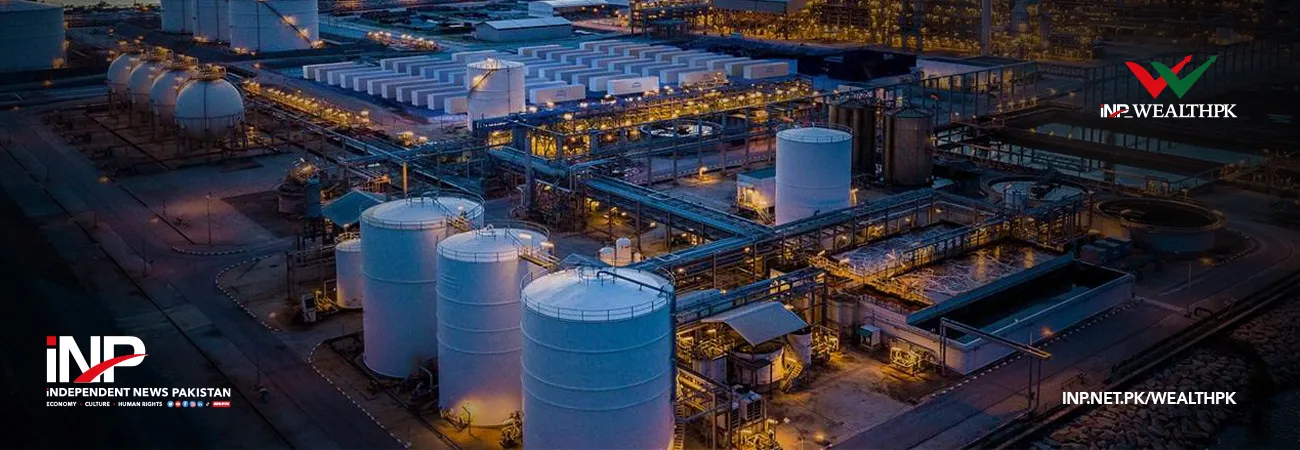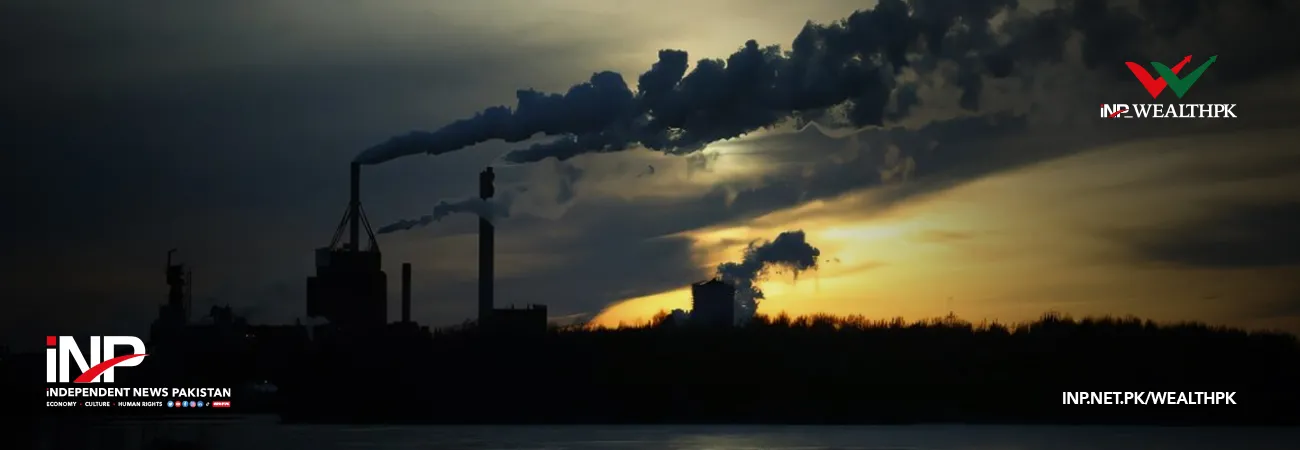INP-WealthPk
Arsalan Ali
Water resources are highly dependent on climatic variation, and rampant climate change impacts their availability which is a crucial factor in agricultural production, report WealthPK.
Muhammad Saleem, Public Relations Officer (PRO) for the Ministry of Climate Change, told WealthPK that Pakistan is an agrarian economy and therefore water is essential for sustained economic growth.
Water, one of the most significant national resources, is becoming scarce. According to the UNO reports, Pakistan ranks seventh on the list of countries facing water crisis.
Presently, Saleem said, agriculture sector uses 93 percent, domestic sector 5 percent, and industrial sector 2 percent of water resources. Domestic and industrial sectors will use 15 percent more water by 2025. Since modern irrigation techniques are not yet to be employed, agriculture sector is the biggest user of water, but its contribution to the economy has declined over time.
‘’Pakistan's water resources are inextricably linked to climate; therefore, the projected climate change has serious implications. The country’s freshwater resources are primarily dependent on glacial melt as well as monsoon rain, both of which are highly susceptible to climate change.
According to him, Pakistan has a large amount of useable groundwater aquifers, which are replenished by surface flows and rain. This resource is misused, particularly in some hyper-arid areas where water is extracted from ground resources.
Saleem said Pakistan had to increase storage capacity from the wet season to the dry season and from the wet year to the dry year to protect its agriculture sector from water scarcity.
He said glaciers in Pakistan cover 13,680 sq. km. This area comprises 13 percent of the mountains of the Upper Indus Basin (UIB). The meltwater from these glaciers contributes to over 60 percent of flows from the UIB.
According to the International Commission for Snow and Ice, glaciers in the Himalayas are receding faster than in any other part of the world. If the temperature continues to rise, the likelihood of them disappearing by the year 2035 is very high.
Saleem said glacial melt in the Himalayas is projected to increase flooding in next two to three decades, and river flows will decrease as glaciers recede.
According to the World Bank, western Himalayan glaciers will retreat in the next 50 years, causing an increase in the Indus River flows. Then the glaciers’ reservoirs will be empty, resulting in a decrease of flows by up to 30 percent to 40 percent over the subsequent fifty years.
As a result of increased flooding from the rivers, and in some cases the sea, Pakistan is among the most at risk. Climate change is estimated to impact on crop yields in Pakistan, a predominantly agricultural economy. This will affect livelihoods and food production, thus resulting in food insecurity, Saleem added.
He said there was no pricing mechanism for water usage in any sector and no incentive for using water efficiently.
He said regulatory frameworks, water licensing, and integrated water resource management were some of the technical and management measures the country could adopt to ensure water conservation at all levels, reduce irrigation losses, and encourage farmers to use more effective irrigation methods.
Using the principle of private sector participation and optimal water pricing, he said, the policymakers should rethink water policy to encourage wastewater recycling.
He further stressed that geographic information system (GIS) and remote sensing (RS) could be used for analysis of changing patterns of climate change in the subsectors of irrigation, drainage, flooding, and drinking water.
Credit : Independent News Pakistan-WealthPk













